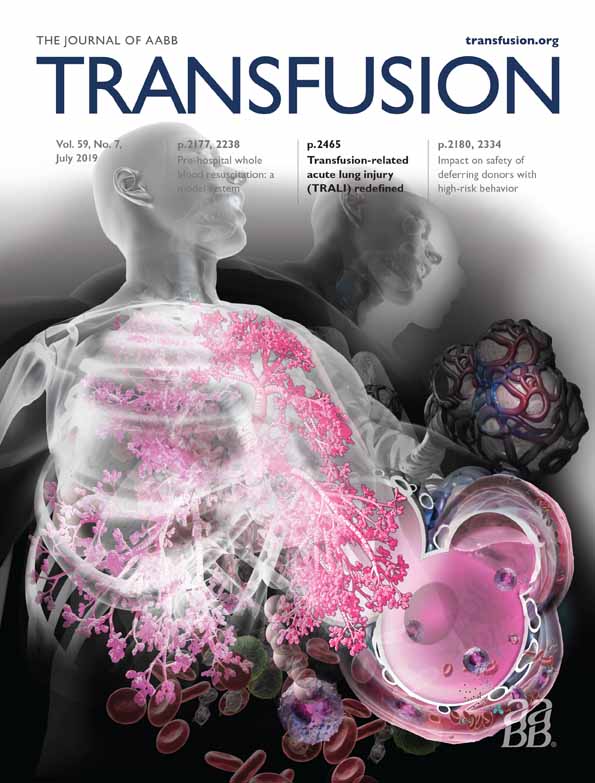Reducing ethnic disparity in access to high-quality HLA-matched cord blood units for transplantation: analysis of the Canadian Blood Services' Cord Blood Bank inventory
Abstract
BACKGROUND
Launched in 2013, Canadian Blood Services' Cord Blood Bank (CBS' CBB) has built a high-quality, ethnically diverse cord blood repository that aims to reduce ethnic disparity in accessing suitable units for transplantation.
METHODS AND RESULTS
As of December 2016, 2000 units have been banked. The self-reported maternal ethnicity was 58% non-Caucasian. Overall, 26% of units were classified as multi-ethnicity with Caucasian (84%) most frequently observed in combination with Asian, First Nations (predominant indigenous peoples in Canada south of the Arctic Circle), or African ethnicity. Utilization scores that incorporate total nucleated and CD34+ cell counts in the CBS' CBB were associated with greater likelihood of utilization compared with the international inventory of units (p < 0.05). The distribution of utilization scores was similar for Caucasians compared with non-Caucasians (p < 0.05). Using HLA genotypes of cord blood units and their mothers, we determined probable ethnic assignments for each haplotype using HaploStats (National Marrow Donor Program). Significant increases in HLA-match likelihoods are predicted for all ethnicities as the inventory grows to its target of 10,000 units and the gap in HLA-match likelihoods for Caucasian and non-Caucasian patients progressively declines.
CONCLUSIONS
The CBS' CBB inventory is predicted to have high HLA-matching likelihoods across a broad spectrum of ethnic groups, improving access to high-quality stem cell products for all patients.
CONFLICT OF INTEREST
DA, ND, DB, TC, KM, MH, KG, TP, and HE are employed and/or are paid consultants with the Canadian Blood Services' Cord Blood Bank. There are no other potential conflicts of interest.




